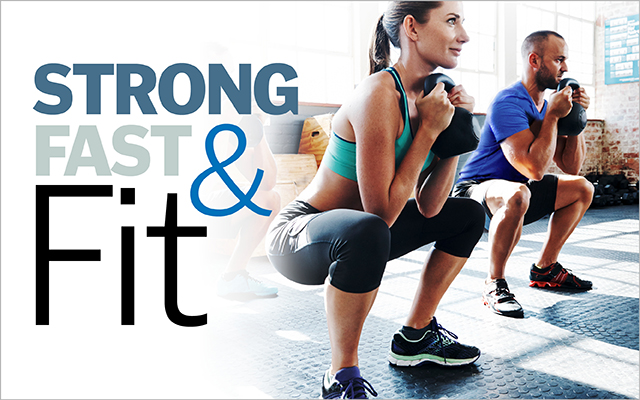Wearable fitness technology is the No. 1 fitness trend for 2017, forecasts the American College of Sports Medicine (ACSM) in its annual survey of more than 1,800 health-and-fitness professionals worldwide.
The survey listed 42 potential trends as choices. The top 20 list was released this past month:
- Wearable technology, including activity trackers, smart watches, heart-rate monitors, and GPS tracking devices. Also included are smart eyeglasses and fabrics used in workout clothes. The ACSM study authors view the rise of wearable tech as a growing trend over the coming years, noting that “it is unpredictable how wearable technology will advance through the next decade.”
- Body-weight training, which uses minimal equipment making it more affordable. Not limited to just pushups and pull-ups, this trend allows people to get “back to the basics” with fitness. The study authors note that while body-weight training was first listed in the survey in 2013, “People have been using their own body weight for centuries as a form of resistance training. But new packaging, particularly by commercial clubs, has made it popular in gyms and health clubs around the world.”
- High-intensity interval training (HIIT), which involves short bursts of activity followed by a short period of rest or recovery; these exercise programs are usually performed in less than 30 minutes. HIIT has been popularized by such training programs as CrossFit, P90X, and Life Time Fitness’s Alpha Training. It appeared for the first time on ACSM’s survey in 2014 in the No. 1 spot.
- Educated and experienced certified fitness professionals. The study authors note, “Given the large number of organizations offering health and fitness certifications, it’s important that consumers choose professionals certified through programs that are accredited.” (Get more tips in “How to Get the Most From Your Personal Trainer.”)
- Strength training remains a central emphasis for many exercisers. ACSM authors state that “Incorporating strength training is an essential part of a complete exercise program for all physical-activity levels and genders. (The other essential components are aerobic exercise and flexibility.)”
- Group fitness training, which can be a strong motivation for individual exercisers through intentionally designed group classes. (Learn more about the benefits of fitness partners in “Strength in Numbers: The Importance of Fitness Buddies.”)
- Exercise Is Medicine, which is a global health initiative of ACSM. As the dedicated website states, the movement is “focused on encouraging primary care physicians and other healthcare providers to include physical activity when designing treatment plans for patients.”
- Yoga.
- Personal training.
- Exercise and weight loss.
- Fitness programs for older adults.
- Functional fitness.
- Outdoor activities.
- Group personal training.
- Wellness coaching.
- Worksite health promotion.
- Smartphone exercise apps.
- Outcome measurements.
- Circuit training.
- Flexibility and mobility rollers.
The full report can be read here.




This Post Has 0 Comments